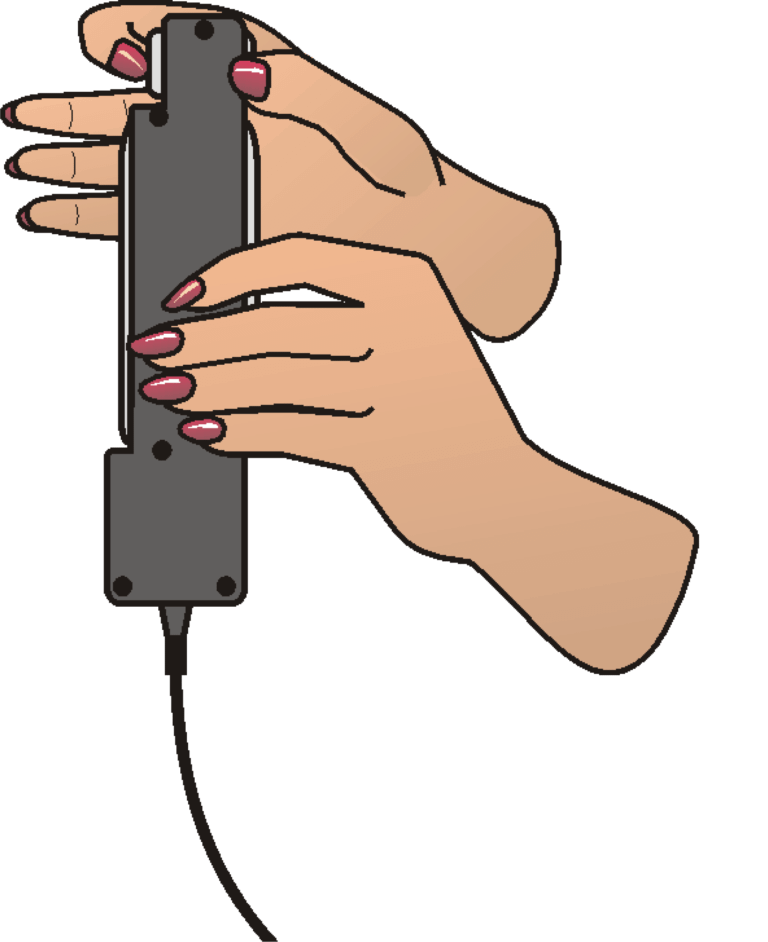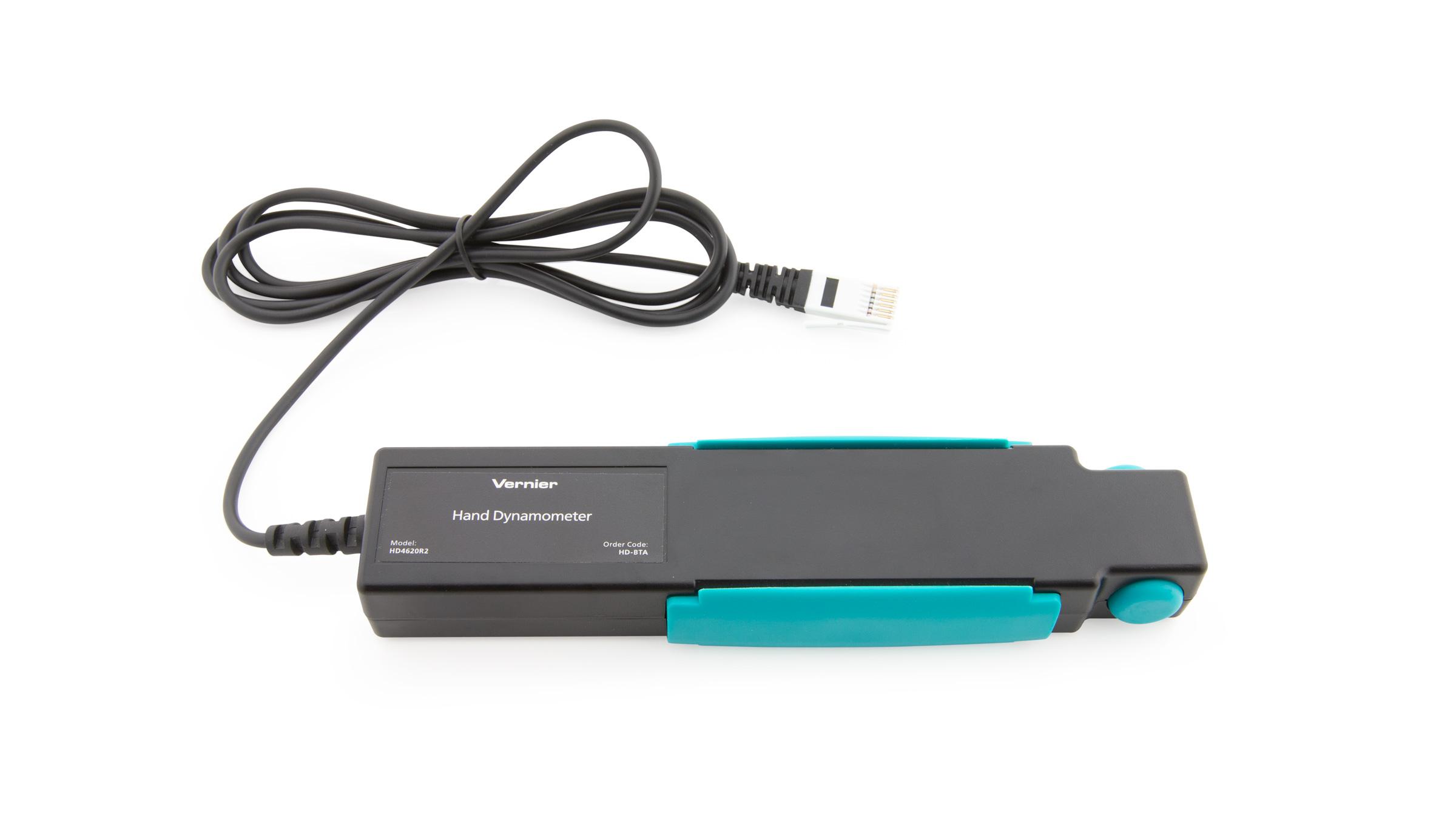
Introduction
The importance of hand strength and function is evident in all aspects of our daily living, from eating and maintaining personal hygiene to keyboarding at the computer, performing brain surgery, or playing tennis or the piano. People suffering from arthritis or hand injury quickly appreciate the difficulty of performing even the most mundane tasks with reduced grip strength.
Testing of hand grip strength is used by orthopedic surgeons and physical therapists to evaluate the extent of an injury and the progress of recovery. Grip strength can also be used to diagnose neuromuscular problems such as stroke, herniated disks in the neck, carpal tunnel syndrome, and elbow tendonitis. Athletes are interested in grip strength because it relates to performance in many sports, such as tennis, golf, baseball, football, gymnastics, and rock climbing.
Objectives
In this experiment, you will
- Measure and compare grip strength of your right and left hands.
- Correlate grip strength with gender and certain physical characteristics.
- Compare the pinch strengths of the individual fingers of the dominant hand.
Sensors and Equipment
This experiment features the following sensors and equipment. Additional equipment may be required.
Ready to Experiment?
Ask an Expert
Get answers to your questions about how to teach this experiment with our support team.
- Call toll-free: 888-837-6437
- Chat with Us
- Email support@vernier.com
Purchase the Lab Book
This experiment is #16 of Human Physiology with Vernier. The experiment in the book includes student instructions as well as instructor information for set up, helpful hints, and sample graphs and data.


